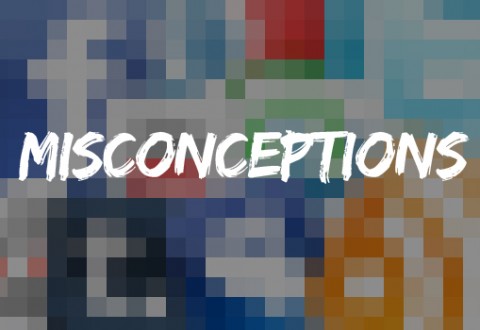
How Pyrus Workflows Will Streamline Your Business Processes
A well-designed workflow incorporates automation wisely to facilitate effective communication, organization, and productivity in any business process.

A well-designed workflow incorporates automation wisely to facilitate effective communication, organization, and productivity in any business process.

One of the major advantages of automation involves the improved coordination between AP and budgeting. Not only does AP rely on information from the company budget, the company budget also depends on data from AP.

“Accounts payable invoice matching” refers to the comparison of prices, quantities, terms, and other relevant information appearing on an invoice with the information on the purchase order (PO), the goods received note (GRN), and the acceptance or inspection documents. It is usually performed for goods and services ordered through a PO, and is one of the basic steps in invoice processing, necessary for an invoice to be deemed eligible for payment.

Your organization’s accounts payable (AP) operations can have considerable impact on your overall success. This means you should follow modern business practices in order to make a mark and stay ahead.

Are you still dependent upon a manual system to process your vendor invoices? If so, not only does it mean your system is obsolete, but you’re simultaneously putting yourself and your business in a disadvantaged position.

In automating your accounts payable (AP) processes, it’s essential that you track some key metrics. In this post, we’ll explain why this is important, which accounts payable metrics to track, and how to use each one to improve your invoice processing system.

There’s been a lot of talk lately about the power of workflow automation and what it can do for a business. However, some companies are reluctant to embrace this phenomenon.

Have you ever wished you could cut back on your invoice processing costs without sacrificing efficiency and work quality? A study carried out in the United States showed that an average company spends as much as $25 pushing one invoice through a paper-based system. At the same time, half of all companies take between five and 15 days to process a single invoice when they do so manually.

Duplicate payment is a major financial drains facing organizations today.

